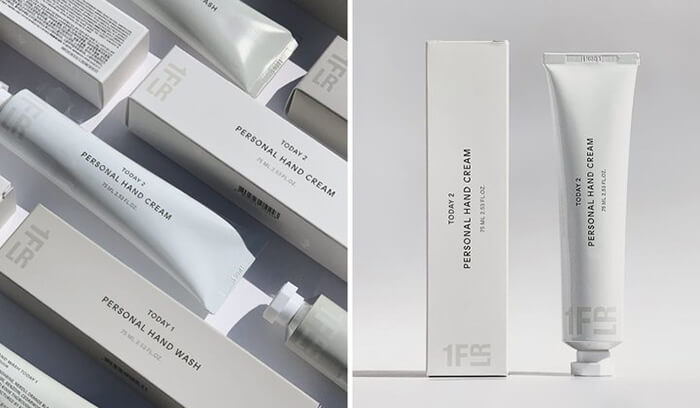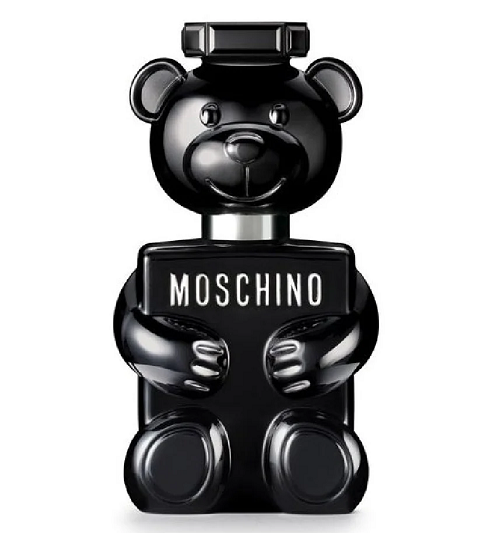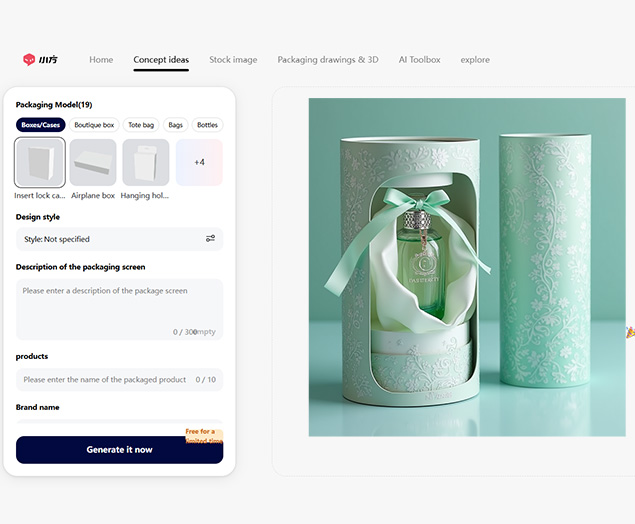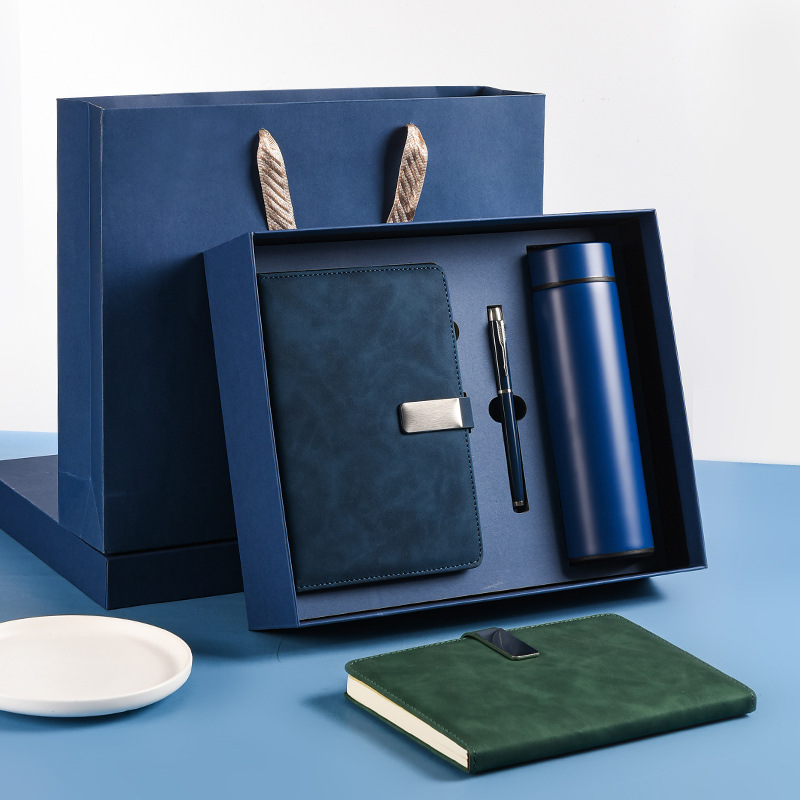Custom Takeaway Food Packaging Guide: Choose Right Food Container For Takeout
Do you work in the restaurant sector and offer takeaway sales? You need food packaging. Find out how to choose yours.
How To Choose Custom Takeaway Food Packaging For Your Catering Business?
Whether you’re a caterer, restaurateur, food truck owner, or bakery owner, it’s important to think carefully about what will showcase your kitchen, your products, and your brand. What are today’s single-use food packaging solutions in the fast food, take-out, or home delivery sector? What are the innovations? Given that food packaging influences sales, let’s dive into how to choose the right takeaway food packaging or container for your taste.
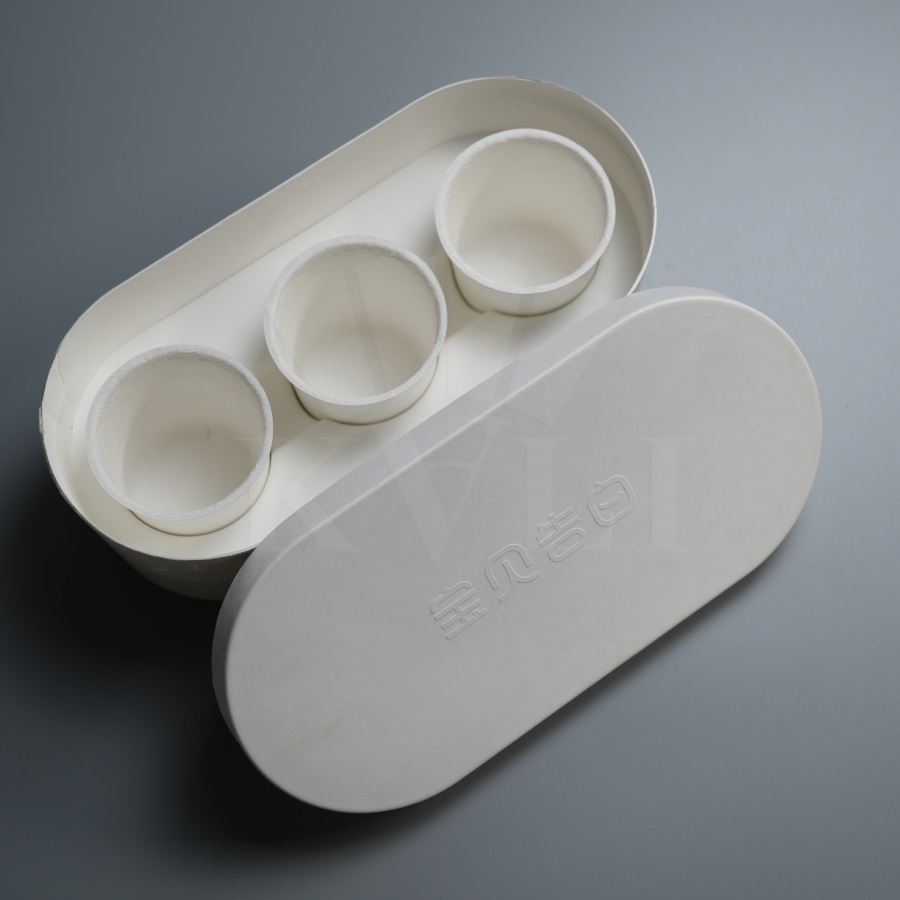
Takeaway Food Packaging Types
Let’s take a closer look at three basic food packaging products: boxes, trays, and bags, and explore their eco-friendly alternatives to reduce their environmental footprint.
1 – Basic Packaging: Takeaway Food Box
In the family of single-use food packaging, there is of course. For your pizzas, cakes, pies, quiches, hamburgers, wraps, or pasta boxes, it’s the cardboard packaging that’s on the rise.
Whether they are sober or in shimmering Italian colors, pizza boxes are generally made of fluted cardboard, light, and stable cardboard. Their fluted structure (in the middle layer of the cardboard) gives them good rigidity. Since pizza boxes are not resistant to grease or oil, for a long time it was not advisable to dispose of them in the waste paper basket. Today, pizza boxes are increasingly being recycled, even when soiled.
For pasta, wraps, or products that need to be resistant to oil and grease, cardboard packaging can be coated with a PE coating, which is highly resistant to moisture. This coating forms an anti-fat and anti-water barrier on the part in direct contact with the food. PE-coated cardboard is recyclable and microwave-safe.
For a long time made of polystyrene, burger boxes are now mostly made of cardboard, but they also come in more ecological materials, such as bagasse. This fibrous residue of sugar cane is made from vegetable matter. The bagasse box is oven and microwave safe, it is also oil and grease resistant, hence its interest and the development of its use!
2 – Special Packaging: Disposable Tray or Plate
For hot, fatty, or sauced products, what are the alternatives to the aluminum or traditional polypropylene tray?
Aluminum food trays are appreciated for their handling and resistance and are used for dishes to be reheated or baked in the oven. This type of aluminum packaging can be replaced today by cardboard trays laminated on the inside with a PE coating, which is also oven safe.
Polypropylene food trays (PP trays), including the famous transparent French fry tray, but also sushi trays for example, are widely used by the food industry because they are practical, resistant, and microwaveable. They are used for hot and cold food or dishes with sauce. When they have a directly integrated lid, they are also called “freshness trays”. This plastic is untearable and is used by manufacturers to make products such as yogurt pots, cream pots, water bottles, bottle caps, plastic dishes, straws, trays containing meals to be heated, etc.
Because of its ecological footprint, plastic packaging is being decried and gradually replaced. For fries, you can choose cardboard trays with PE coating (fat barrier), cardboard French fry cases without coating, or even simple paper tip pouches or bags. This type of paper/cardboard packaging is similar to the traditional French fry cone, with a traditional presentation that highlights the product.
3 – Final Packaging: Takeaway Bags and Pouches
Which bags to use to pack and perfect the presentation of your kitchen? There are several possibilities. The traditional paper tote bag, with handles, is a good alternative to the plastic bag, a packaging solution widely criticized for its environmental impact. The weight of a paper bag will give it more or less resistance. There is also the “SOS” bag in brown kraft, higher and without handles. Both types have gussets on the sides and a flat bottom. Widely used by takeaway specialists as an alternative to plastic bags, paper bags underline a brand’s ecological commitment to its customers.
For your croissants, sandwiches, and other wraps, you can opt for paper packaging, with or without a PE anti-fat coating. Often “kraft” or white in color, these packages are adapted to bakery products, with a weight sufficiently resistant to transport pastries without tearing. These bakery bags and pouches also increase the shelf life of croissants and pains au chocolat. For sandwiches, paper bags in extended format are available with or without window, and with or without greaseproof coating.
How To Choose the Right Custom Food Packaging For Your Catering Business?
In the food packaging market, there is a multitude of products to protect, transport, and preserve your preparations, and it is likely that the development and research of new solutions will increase. In the meantime, between paper, cardboard, plastic, bamboo, corn starch, or sugar cane… How to find your way?
1 – Food Packaging Adapted to Your Dishes
The first important criterion is to choose food packaging that respects the specifics of your dishes. While it is easy to find a supplier of square cardboard boxes for pizzas, it can be more difficult to find good packaging for other types of preparations. For this, choose real specialists. Lelu’s packaging includes trays for French fries, paper bags for dried fruit or seeds, paper plates with lids for more elaborate dishes, paper hamburger pouches, and bowls with lids for sauces… The range is huge! Each package meets specific needs and avoids inconveniences such as crushed cheesecake, noodle sauce that leaks, or a burger that gets cold in five minutes. A suitable food packaging is also a container that has a thermal resistance consistent with your recipe.
2 – Ecological and Recyclable Materials
European standards are the most stringent in the world when it comes to ecological packaging, and they are only getting better. Recently, non-recyclable disposable cutlery has been banned, while plastic bags have been banned for several years. However, you can do more. The offer of ecological packaging is booming. This is especially the case for wooden products or paper packaging. From a personal point of view, working for the future of the Earth is always a good thing. From a professional point of view, the display of ecological values can only be positive. In some types of restaurants (local gastronomy, vegan dishes…), their absence is even a big flaw and makes some customers go away.
In terms of plant-based packaging, sugar cane bagasse can take many forms, from French fries trays to burger boxes, and is resistant to fat. It is a very interesting eco-responsible packaging, well seen and 100% recyclable.
Here are the most popular ecological materials for food packaging in the market now:
- The bamboo and wood, appreciated for their natural appearance, is oven-safe up to 180° and are biodegradable. If you opt for wooden packaging, choose wood from sustainably managed forests and treated to be compatible with food use.
- Corn starch (PLA) food packaging is a new solution that is as strong as plastic and has similar properties. This is called a bioplastic, it has the advantage of being resistant to grease and moisture.
- As for the bags and sachets dedicated to the transport of your products, the (badly seen) plastic bag can be replaced by the paper bag, the biodegradable and compostable plastic bag (made from corn), and the fabric bag – also called tote bag. The fabric bag is conducive to logos and slogans that last over time.
3 – Strong, Easy-To-Carry Packaging
Take-out vendors who cut corners on packaging costs are quick to notice. Their containers are not only inadequate but also have a tendency to be flimsy. If the fork breaks at the first hard piece, the plate bends when you pick it up, or the shopping bag tears at the handle, you’re not making customers want to come back.
Aim for strong, durable packaging. Great cooking skills and a friendly welcome can be ruined by poor-quality food packaging. Also, think about ease of transportation. This is very important, especially if you have a delivery offer or use a service like Uber Eats. Delivery drivers, looking for speed, won’t damage your products if they are easy to grab and fit perfectly in the bag without leaving any gaps.
4 – Designs in Line with Your Brand Image
Many takeaway establishments do not take care of the visual of their food packaging. For a low-cost offering like tacos, kebabs, or pancakes, this is fine. But, if you’re aiming for more quality, pretty and branded packaging is important. On volume, food packaging personalization does not have a huge cost. Yet it increases your street cred, makes people want to come back, and gets your name into the heads of your customers and prospects. Here are some design tips for you:
“Storytelling” packaging
There are many packaging which, in line with this, take care of the narration and tell stories to their customers. Humor, highlighting the brand experience, proximity to consumers. Food packaging plays on the sympathy capital, in particular through writing, and goes beyond the simple provision of information.
Minimalism
Some designers in food packaging play with refined aesthetics to seduce customers who love purity and softness. In stores, the eye lingers on packaging with clean logos and minimalist graphics that are up to date.
Soft materials
Coffee beans, morning cereals, packets of sugar… For certain flagship retail products, brands are swapping the traditional cardboard box for flexible, sometimes resealable packaging. A feature appreciated by consumers.
The changing shapes
On the shelves, classic square or rectangular packaging gives way to more elaborate shapes, such as pyramidal or cylindrical shapes. The inside of the packaging is not forgotten: messages, surprises, patterns… The packaging conveys the brand’s values down to the smallest detail.
Pastel colors
In terms of colors, the trend is for pastel packaging: powder pink, mint green, light blue… Soft and warm colors. To position the products in favor of the environment, packaging in kraft, earth colors, or shades of green are always in the race.
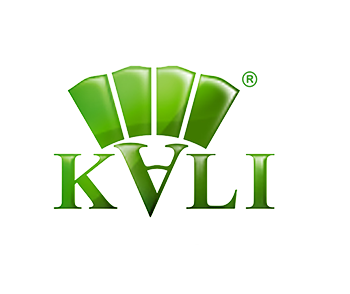
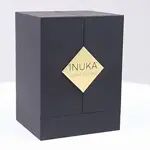
Top 10 Creative Cosmetic Packaging Design Ideas & illustrations 2023 | Luxury-Paper-Box.Com
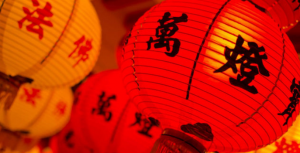
10 Customs Of The Spring Festival (Lunar New Year) You Need To Know
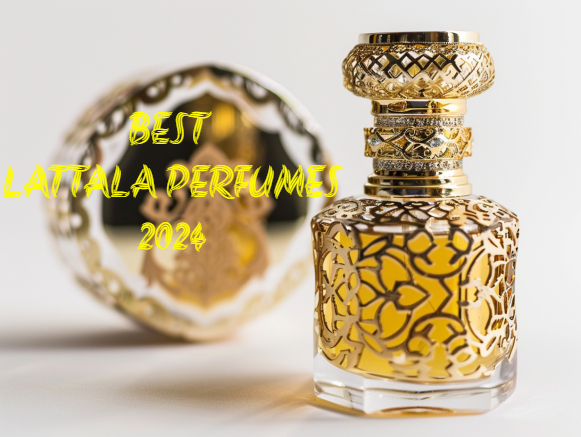
Top 10 Best Lattafa Perfumes for Women & Men in 2024
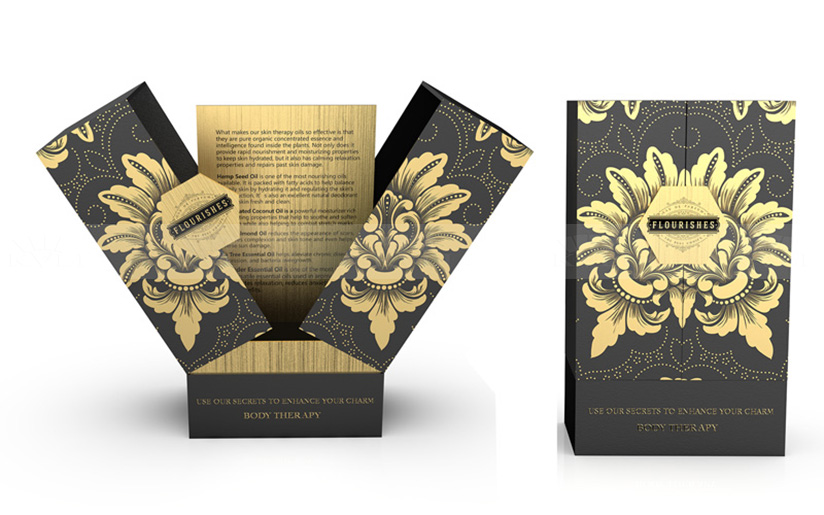
Top 10 Best Packaging Design Software 2023 (Free & Paid)
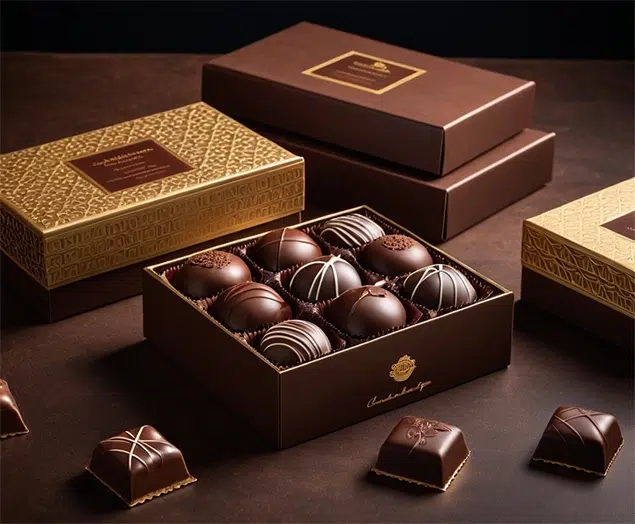
Best Chocolate Packaging Designs of 2025
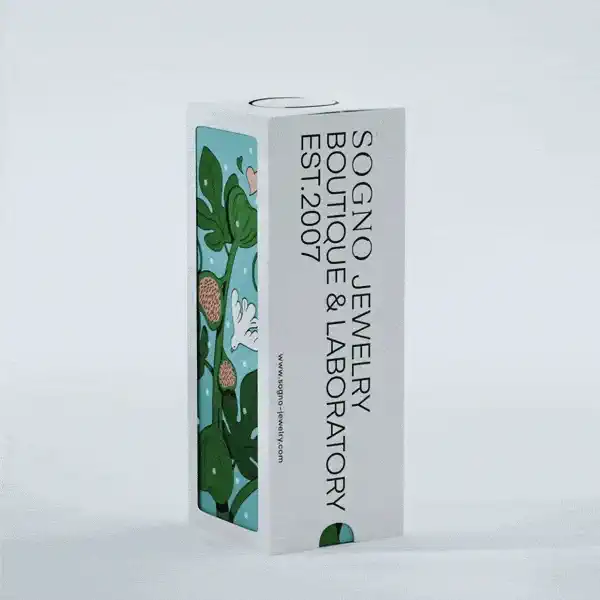
Natural Concept Perfume Design Ideas: Tell Your Brand Story
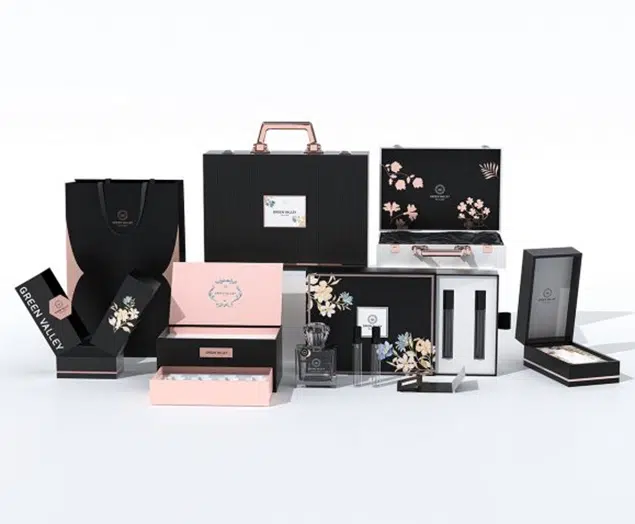


 kali@luxury-paper-box.com
kali@luxury-paper-box.com
